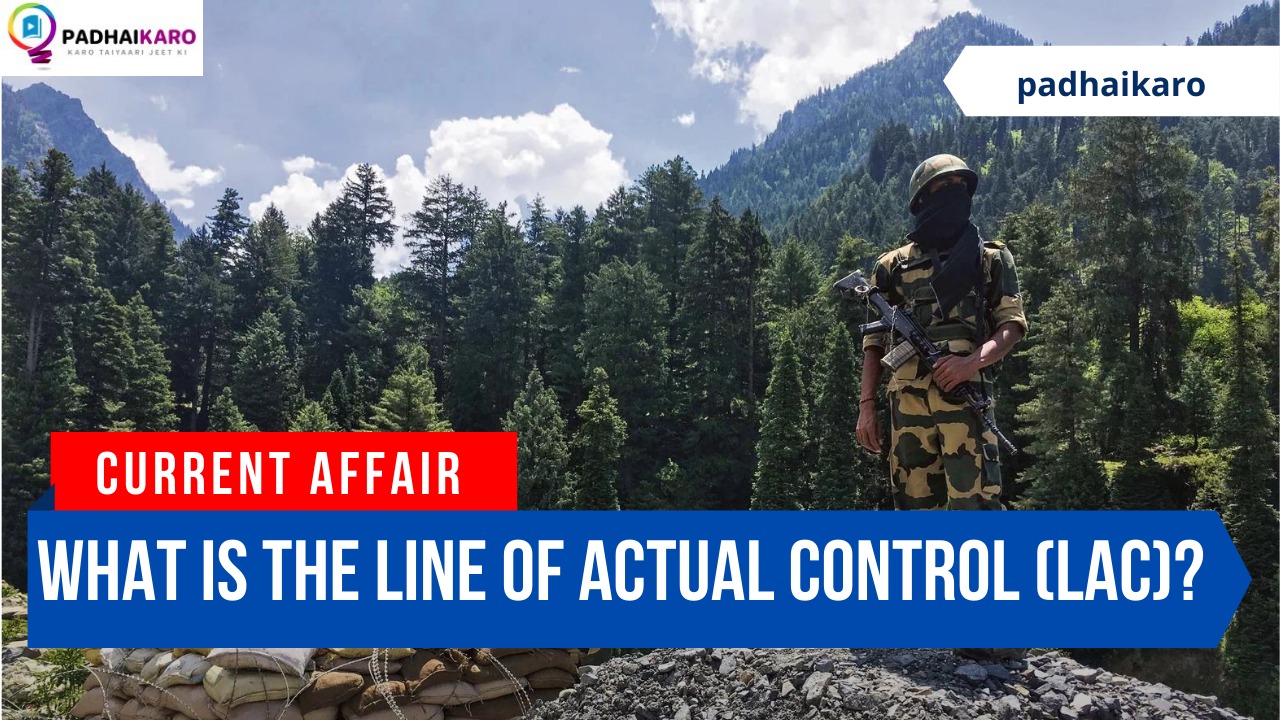CURRENT AFFAIRS
Get the most updated and recent current affair content on Padhaikaro.com
What is the Line of Actual Control (LAC)?
- Integrity Education, Delhi
- 07, Jun 2022

Reference News
The Indian Army has said that to prevent smaller incidents from escalating, the Indian Army and the Chinese People’s Liberation Army are in regular contact through the hotlines along the Line of Actual Control (LAC), and the practice of ‘body pushing’ has been stopped.
What’s the present status?
China’s mobilisations along the Line of Actual Control (LAC) in May 2020 sparked a crisis that, two years on, still remains unresolved.
The 2020 crisis served as a “wake-up call” and there was “greater focus” on dealing with the threat along the northern borders.
In 2017, India and China were locked in a 73-day-long military standoff at Doklam, at the Bhutan-China-India trijunction.
What’s the bigger picture?
The two countries have fought only one war, in 1962.
But simmering tensions involve the risk of escalation – and that can be devastating given both sides are established nuclear powers. There would also be an economic fallout as China is one of India’s biggest trading partners.
The military stand-off is mirrored by growing political tension, which has strained ties between India and China.
Observers say talks are the only way forward because both countries have much to lose.
India’s approach henceforth:
India has developed strategic patience as it is negotiating from a position of assertiveness to resolve the two-year standoff in eastern Ladakh.
India wants forces to step back, to de-escalate, but there is a difference of perception on how that should be done.
Regular hotline exchanges will be carried out.
The force deployment and equipment deployment is calibrated in nature.
India- China Border and the evolution of LAC:
India and China share a 3,488 km long boundary. Unfortunately, the entire boundary is disputed. The line, which delineates the boundary between the two countries, is popularly called the McMahon line, after its author Sir Henry McMahon.
In 1913, the British-India government had called a tripartite conference, in which the boundary between India and Tibet was formalized after a discussion between the Indian and the Tibetans. A Convention was adopted, which resulted in the delimitation of the Indo-Tibetan boundary. This boundary is, however, disputed by China which terms it as illegal.
In 1957, China occupied Aksai Chin and built a road through it. This episode was followed by intermittent clashes along the border, which finally culminated in the border war of 1962.
The boundary, which came into existence after the war, came to be known as Line of Actual Control (LAC). It is a military held line.